Your Amazon Click-Through Rate (CTR) is an important metric, reflecting the proportion of shoppers who notice and click on your product in Amazon search results.
A strong Amazon CTR signals to Amazon’s ranking algorithm that your listing is attracting attention, significantly influencing your rankings. Notably, Amazon CTR accounts for 20% of the ranking juice to your ranking on the platform.
Factors That Directly Impact Amazon CTR
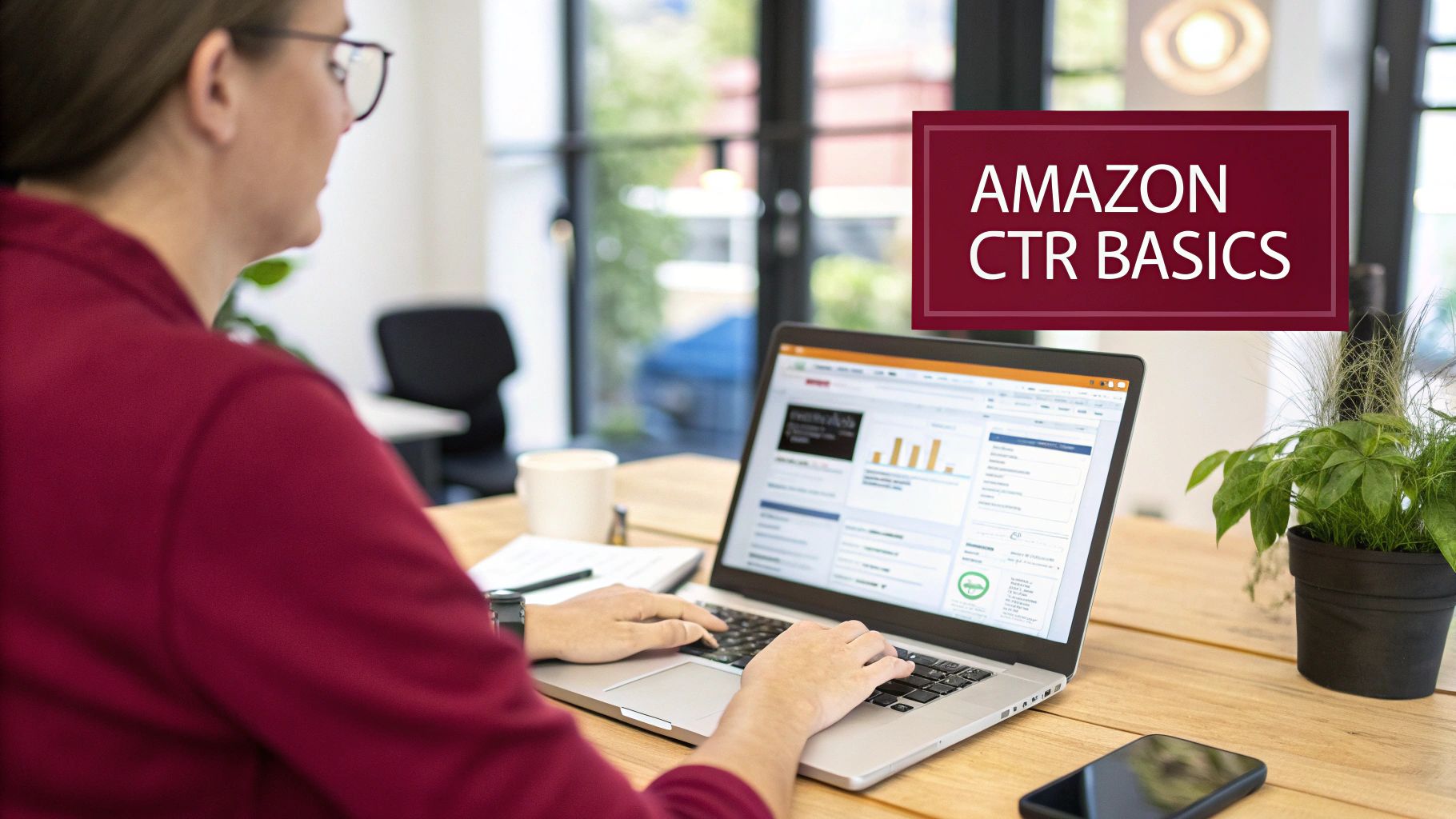
When a shopper searches on Amazon, they face a wall of options. Your first job isn’t to sell the product; it’s to win the attention and click. The Amazon click through rate is the clearest measure of how well you’re doing that.
The formula is straightforward:
(Total Clicks / Total Impressions) x 100 = CTR
If 10,000 shoppers saw your product and 100 clicked on it, your CTR is 1%. But why does this number carry so much weight? A strong Amazon click through rate is the engine behind your growth:
- It Influences Organic Rankings: Every time a shopper clicks your product over a competitor’s, you’re signaling to Amazon, “For this search term, my product is the most relevant!” Over time, Amazon rewards that relevance with better organic placement, which means more free traffic.
- It Lowers Advertising Costs: For sellers running PPC campaigns, a higher CTR is your best friend. It directly lowers your cost-per-click (CPC) because Amazon’s ad auction favors listings that people want to see. A good CTR proves your ad is relevant, so you’ll pay less than a competitor with a poor CTR for the same ad spot.
Generally, an average CTR for ads is around 0.5% to 0.8%. Top sellers often push past 1%. If your CTR dips below 0.3%, it’s a clear signal that something in your listing’s “first impression” isn’t working.
Several elements come together to convince a shopper to click. Here’s what matters most in that split-second decision.
1. Main Image
Your main image is your make-or-break CTR factor. It’s the very first thing shoppers notice when scrolling. A blurry, generic, or poorly lit photo is a guaranteed CTR killer. Instead:
- Use high-resolution, professional images that show your product clearly.
- Include scale context (a hand holding the product or product in real use).
- Highlight unique features visually (bundle items, textures, packaging).
Main image is like a mini billboard that it should instantly make someone stop scrolling.

2. Title
The title’s job is to instantly confirm the shopper found what they were looking for. Most Amazon shoppers are browsing on mobile, where only about 70–80 characters of your title show before it gets cut off. That means:
- Place your primary keyword + main selling point (pack size, material, benefit) with first 70–80 characters.
- Avoid keyword stuffing and write naturally and informative.
- Example: “Organic Matcha Green Tea Powder, 100g Resealable Pack, Antioxidant Rich”
A great title answers customer search query and benefits directly. For help related to keywords, check out our guide on keyword research for Amazon.
3. Price & Promotions
Shoppers scan prices in search results before even reading titles. If you’re way off-market, they won’t click. But promotions (orange coupon tags, strike-through pricing, “Limited-Time Deal” labels) instantly draw the eye and signal savings.
- Use competitive pricing or highlight added value (bundles, larger packs).
- Run small coupons, deals, offer prime day discounts. Even if the discount is minimal, the green tag itself drives clicks.
- Test psychological pricing ($19.93 vs $20).
Price doesn’t just matter for conversion; it decides if you even get the click.
4. Reviews & Ratings
Shoppers trust other buyers more than your listing. A 4.5-star average with 500+ reviews massively outperforms a 3.8-star product with 600 reviews.
- Use Amazon Vine to build early reviews.
- Address negative reviews quickly to protect your rating.
- Combine related variations for unified reviews e.g., Two variations of same size shirt, one blue with 100 reviews and one red with 200 reviews, combine them to get 300 reviews..
5. Badges
“Best Seller,” or “Amazon’s Choice,”are powerful badges that help you gain more CTR. Customers always trust the products that are best in the niche. Earn badges by improving sales velocity, conversion rate, and product availability.
6. Fulfillment Speed
Fast delivery influences CTR before customers even compare details. When shoppers see Prime in search results, they relax. When they see long delivery times, they keep scrolling.
Ways to fix and strengthen it
• Maintain inventory to avoid losing Prime eligibility
• Prioritize Amazon FBA for shipping
• Monitor stock forecasts so you don’t break momentum
7. Competitor Density
In saturated niches like water bottles or phone cases, dozens of nearly identical images flood the results. This lowers CTR for everyone.
- Differentiate your main image with props, angles, or packaging.
- Add a key differentiator in the first part of your title.
- Use coupons to visually pop against the competition.
The more crowded the category, the harder your listing has to work to earn the click.
8. Brand Recognition
Big brands like Apple, Nike, or Anker automatically enjoy higher CTR. For smaller brands:
- Focus on keyword + benefit first, brand name second in titles.
- Run brand-awareness ads outside Amazon (DSP, social) to build recognition.
Until buyers know you, make your product’s value and features the hero—not just your brand name.
How to Improve Amazon CTR With Main Image
Your main image plays the biggest role in driving CTR on Amazon. While factors like title, price, and discounts do influence CTR, it’s usually the main image that makes or breaks it. A well-designed main image can grab attention within seconds. Below are proven main image design hacks you can use to improve your Amazon CTR.
1. Show Product + Packaging Together
Placing your product next to its retail box or bag is a simple move with a powerful psychological effect. It builds instant trust and signals this is a legitimate, branded product, not a generic item. It also increases the perceived value, making it feel more premium and giftable. Example below illustrates this method of main image presentation.
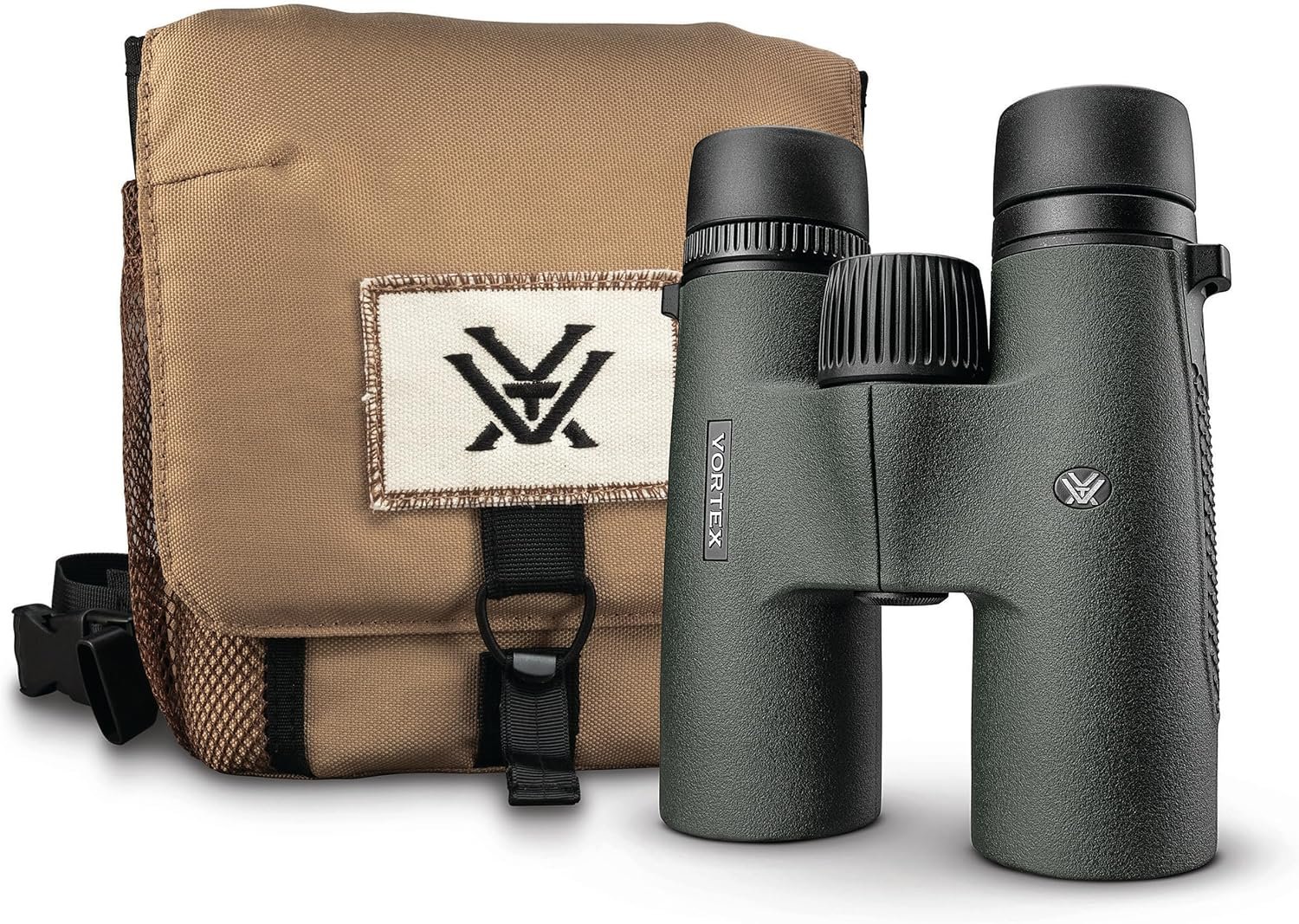
2. Use 3D Renderings / CGI Mockups
Ever wonder why some product images look too perfect? They probably aren’t real photos. Using 3D renderings gives you complete control over lighting, angles, and textures. You can create a flawless, hyper-realistic shot that traditional photography can’t always match, making your product look sharper than competitors’.

3. Main Keyword Overlay on Packaging
While you can’t add text directly to the image, you can design your packaging to include key terms. For example, your box could clearly state “Soft Toilet Paper” as shown in example image below. Featuring this packaging in the main image reinforces relevance without violating Amazon’s terms of service.
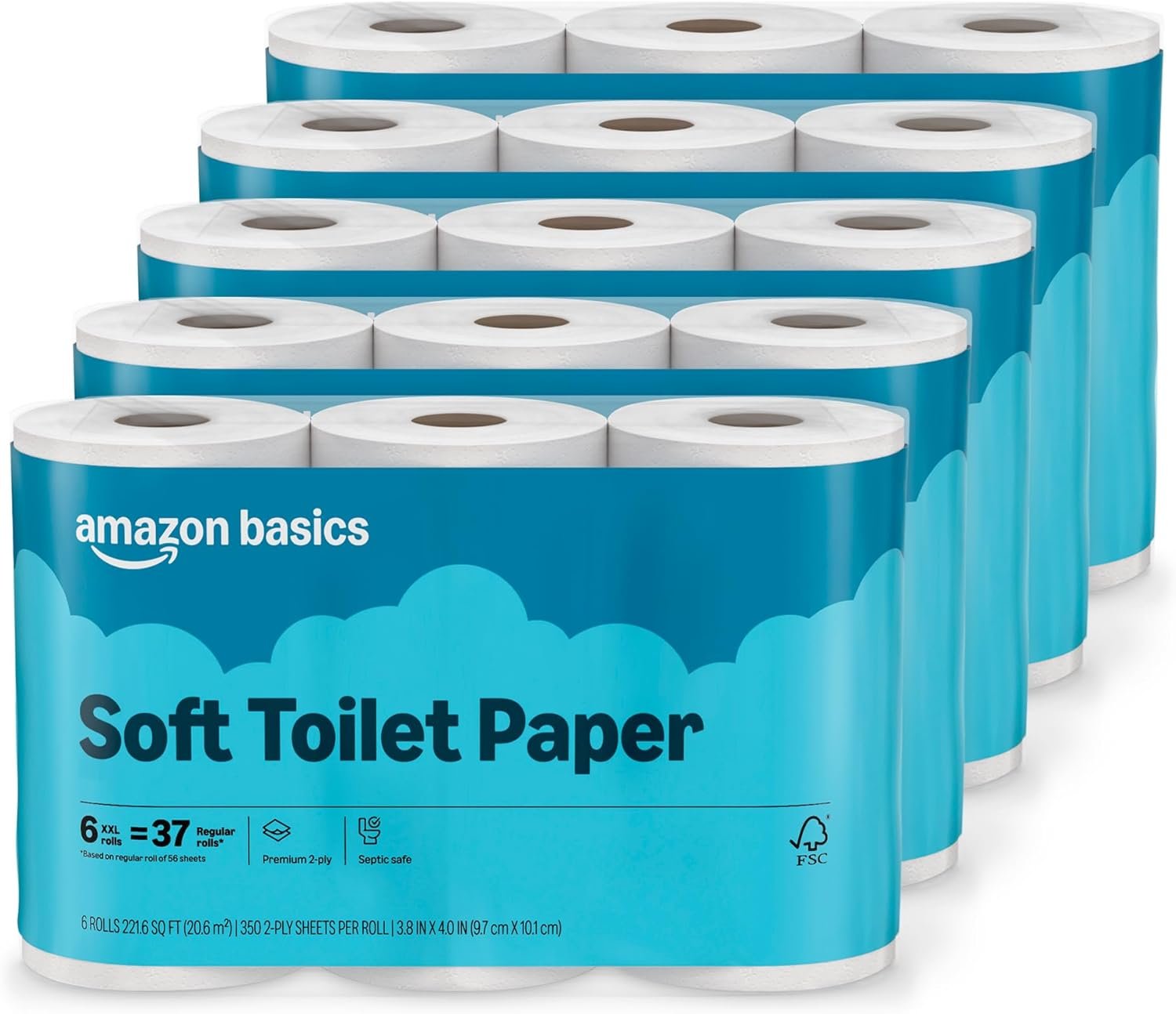
4. Hint at a Lifestyle Element
Amazon’s rules require a pure white background, but that doesn’t mean your image has to be sterile. You can cleverly hint at how the product is used. Imagine a woman exercising with “Resistance Bands” visible on the main image. These touches add a human element and help shoppers imagine using your item, as long as the background remains white. Be sure you’re still compliant by checking the official Amazon image requirements.
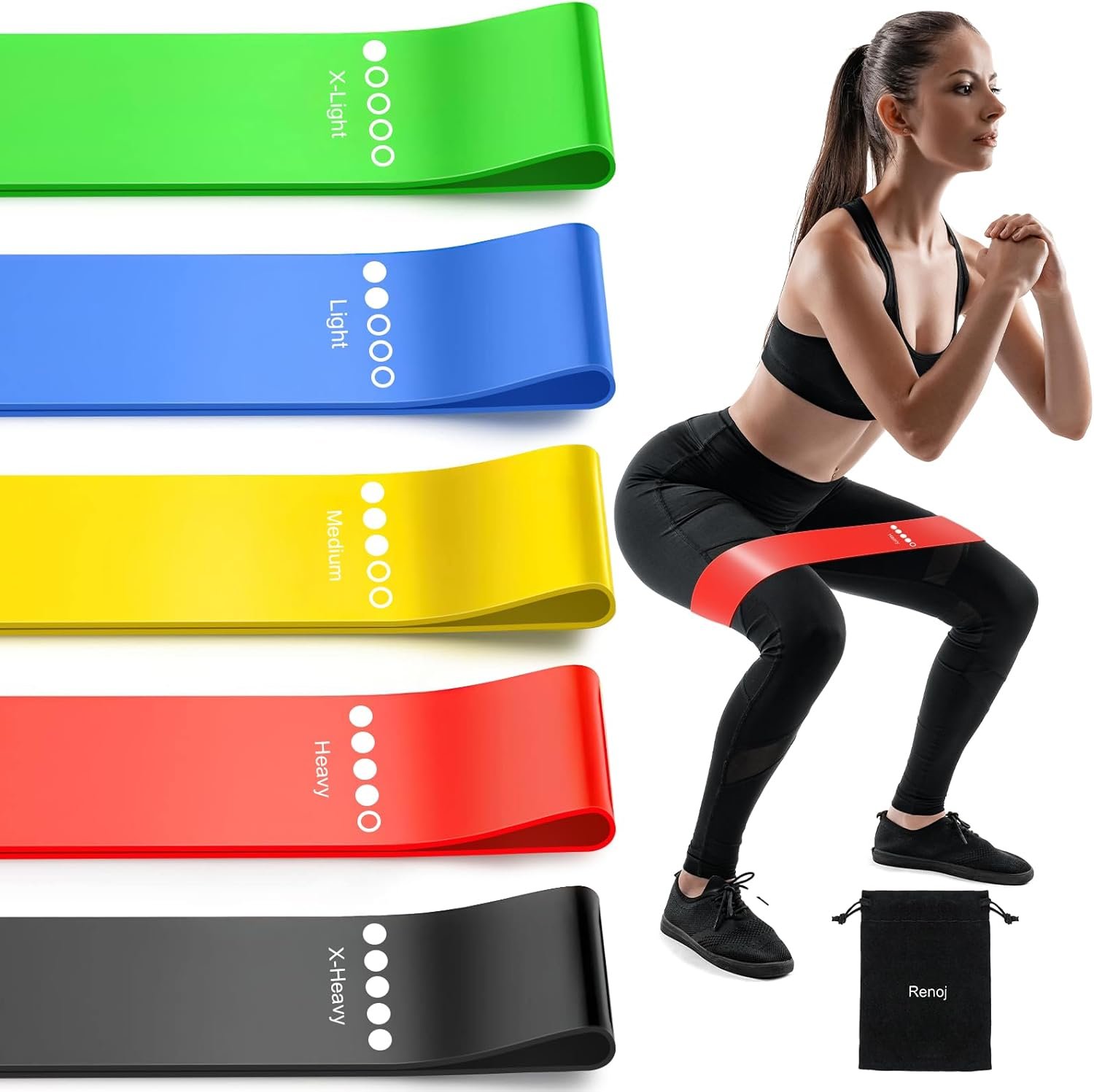
5. Use a Comparison Layout
If you’re selling a multi-pack, show both units clearly. A listing for a “4-Pack” of shampoo should have 4 bottles visible so the customer immediately understands the value they are getting. This prevents confusion and highlights the quantity. You can also remove a background from a picture of multiple items to compose them perfectly.
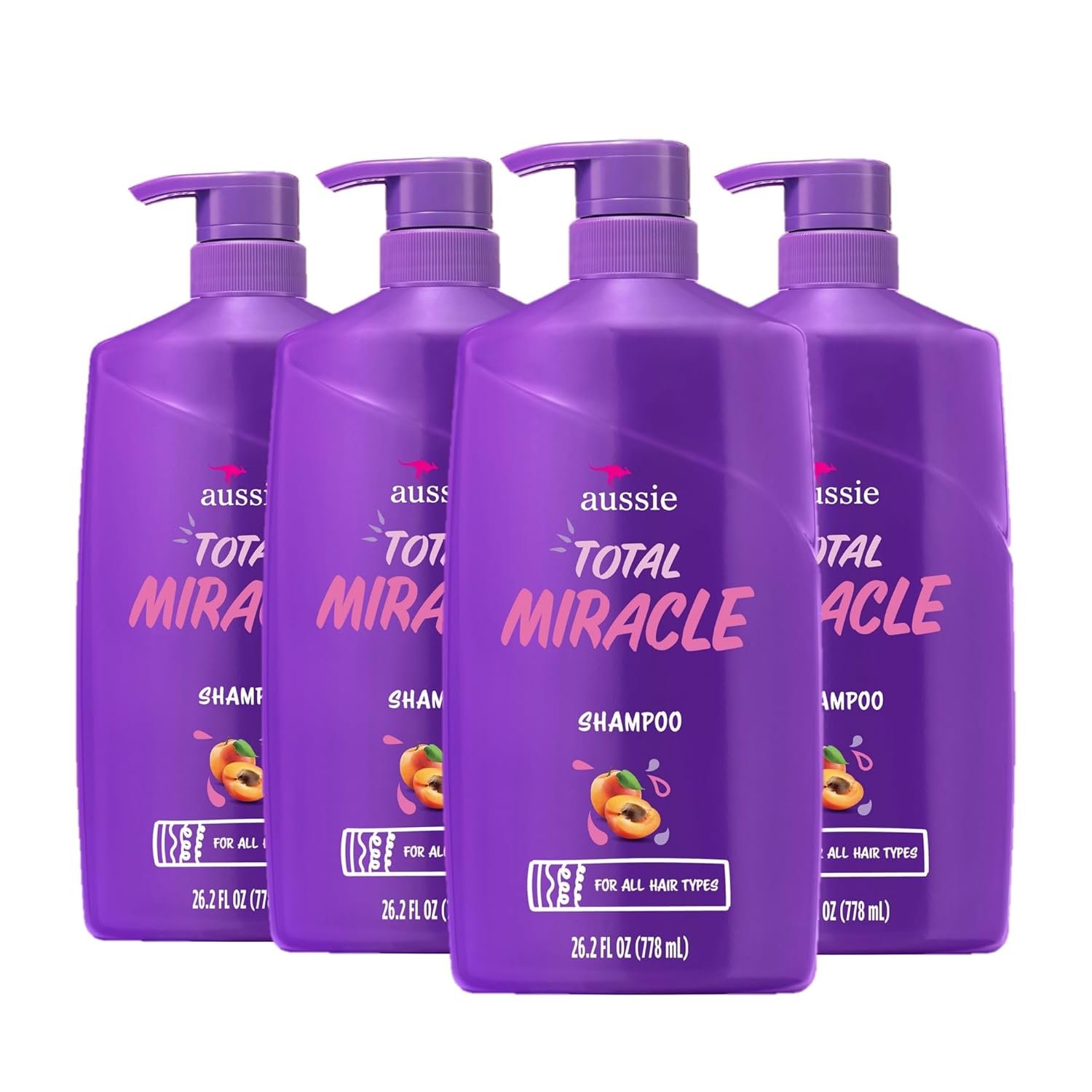
6. Highlight Accessories / What’s Included
If your product comes with essential accessories, show them in the main image. A screwdriver listing that shows the included bits, battery, and brushes answers a key question and communicates better value than a competitor who only shows the screwdriver.
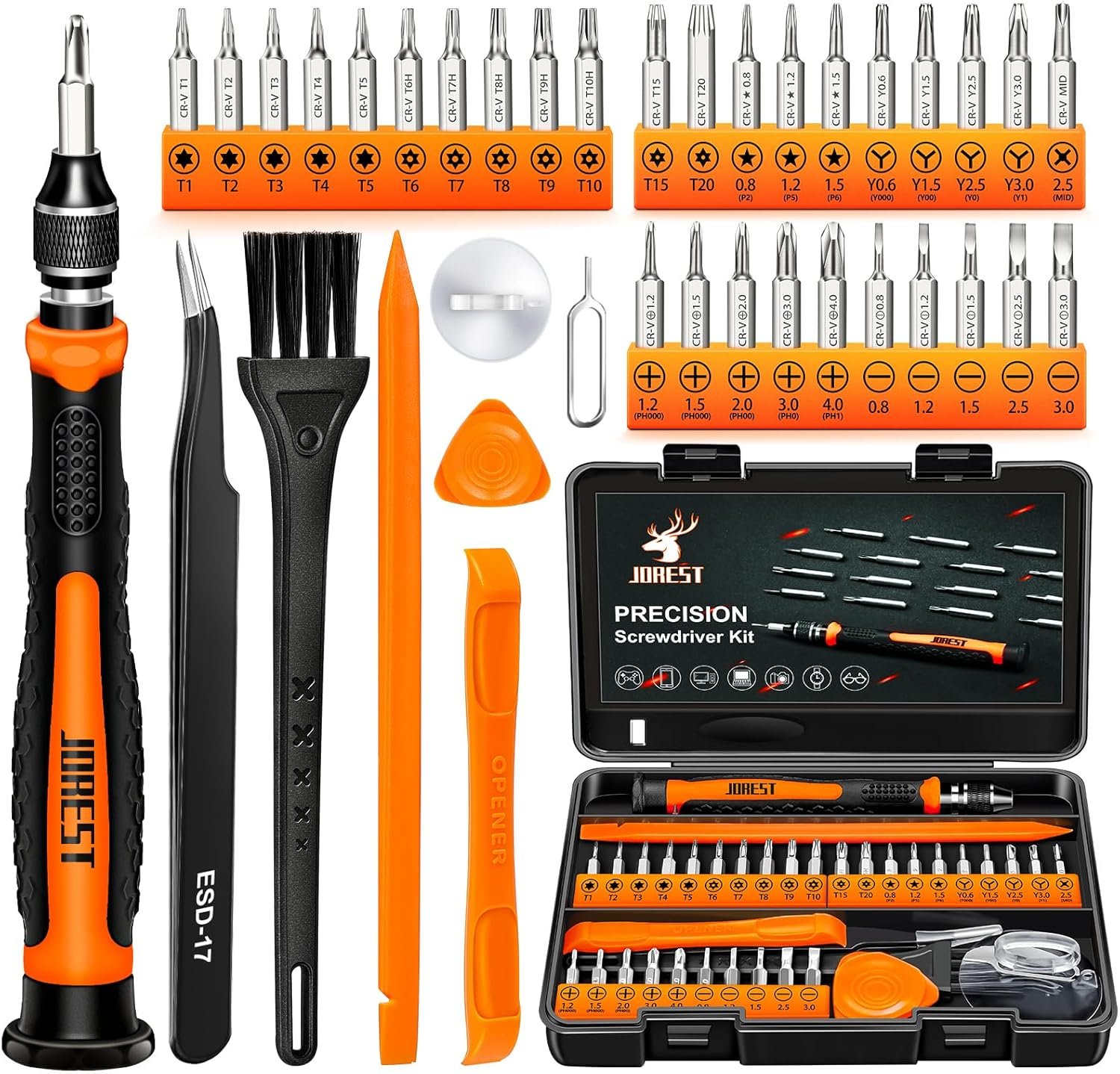
7. Add Size Context
One of the biggest worries for online shoppers is size. “Is it going to be bigger or smaller than I think?” Eliminate that guesswork. Including a hand holding the item or a common object for scale gives immediate context and builds the confidence a shopper needs to click.
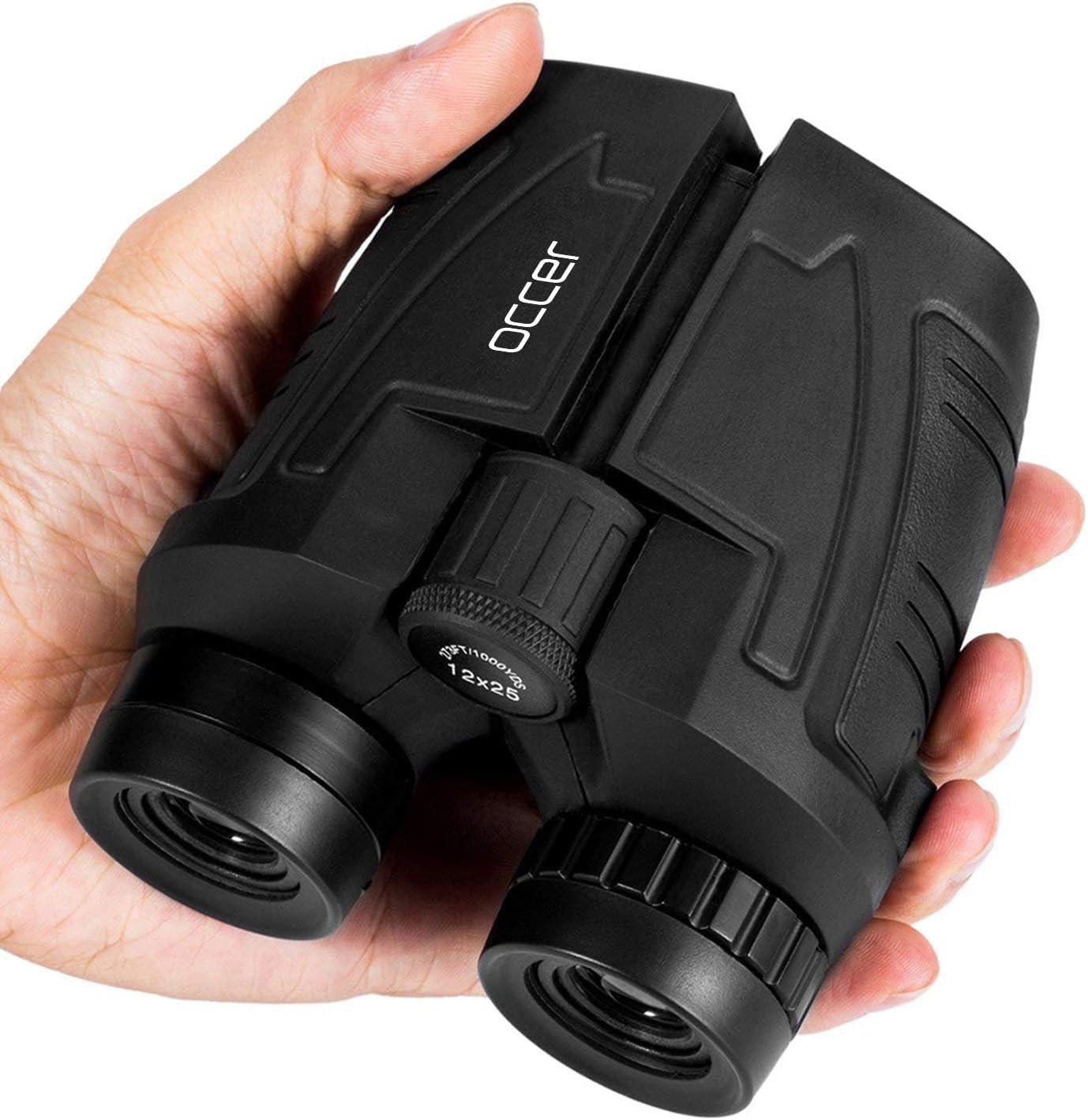
8. Show Color Variations Subtly
If you sell a product in multiple colors, you can sometimes arrange a few of them in a single, compliant image. For example, a stack of three different colored t-shirts can work as a main image, signaling to the customer that they have choices.
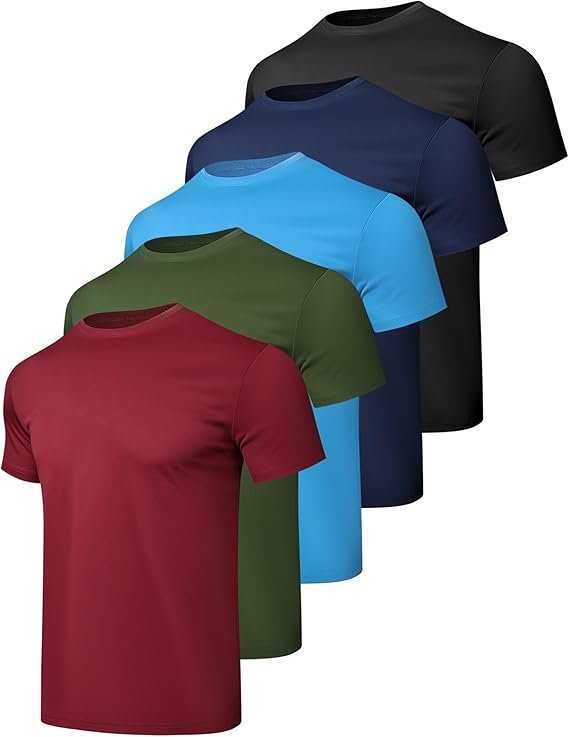
9. Use a Hero Angle
Never shoot your product dead-on. It’s flat and boring. Instead, use a slight three-quarter tilt, or a “hero angle.” This simple photography trick gives the product more depth and a dynamic, three-dimensional feel that naturally draws the eye. This is especially important for Amazon Brand Registry benefits as you build a premium identity. Example below illustrates this method of main image presentation.
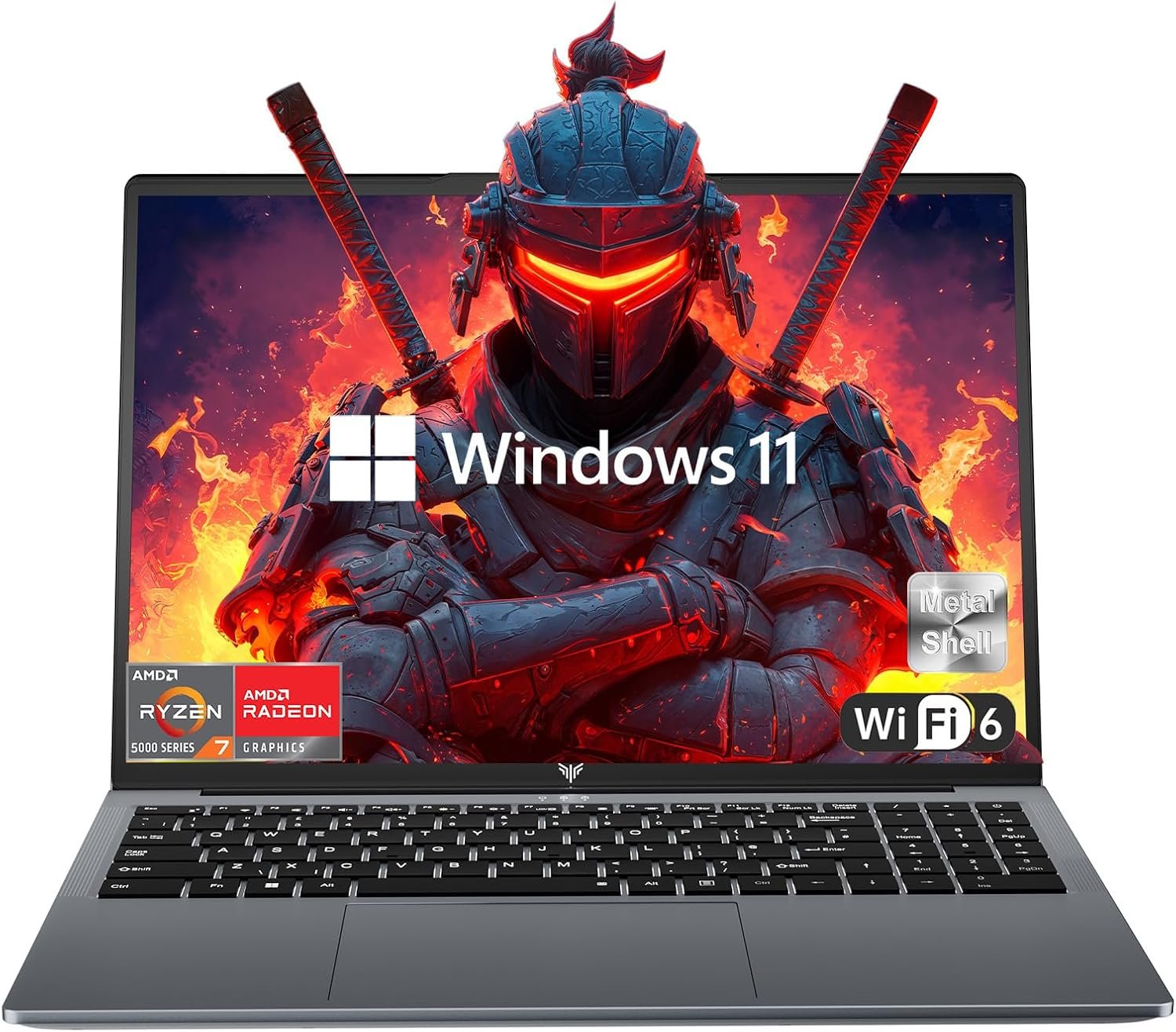
10. Add Shadows or Reflections for Depth
A subtle drop shadow or a soft reflection can make your product look like it’s sitting on a surface instead of floating in a white void. This adds professionalism and depth, helping your image stand out against competitors’ flat photos.

11. Create an “Exploded View”
For products with multiple parts, like a food processor with different blades, an “exploded view” can be very effective. It shows all the components neatly arranged, communicating functionality and value at a glance.

12. Zoom on Texture or a Key Feature
If your product’s material or a specific feature is a major selling point (like the weave of a high-end fabric or a waterproof seal), you can use a small, magnified inset circle in the main image to highlight it. This draws attention to what makes your product special.

13. Use Seasonal or Thematic Props
For giftable items, adding a simple, compliant prop can make a huge difference. A small gift ribbon for the holidays or a pumpkin for a fall-themed product can make your listing feel more relevant and timely, encouraging clicks during peak shopping seasons.

14. Apply Contrast Color Tricks
Your product itself can be used to create contrast against the white background. If you sell a black product, for instance, it will naturally stand out. You can also use brightly colored packaging to make your listing pop in a sea of white.

15. Present Bundles Neatly
If you’re selling a bundle, don’t just throw the items together. Arrange them artfully. A well-organized layout makes the bundle look more valuable and professional, helping customers quickly understand everything they’re getting.
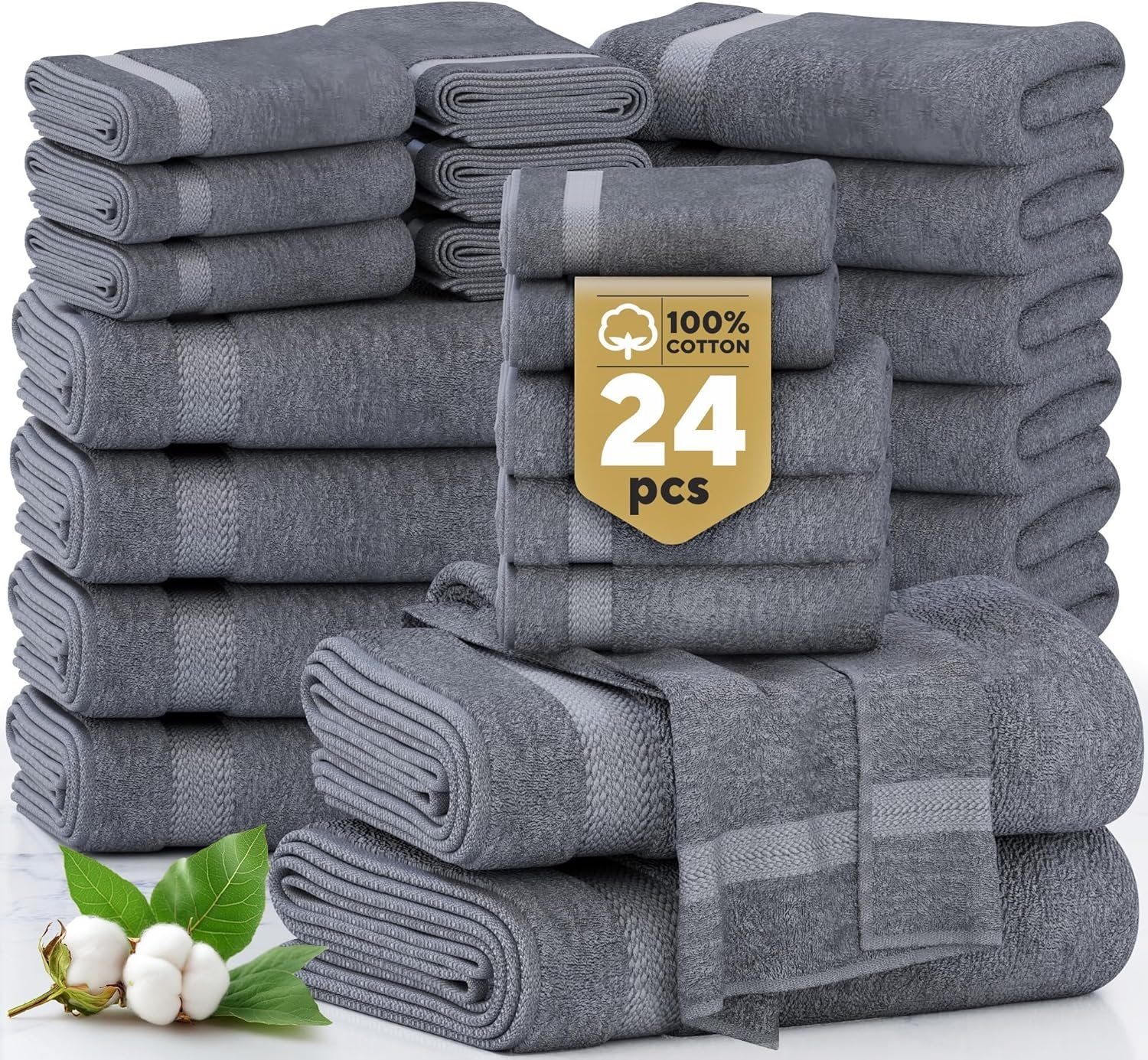
16. Show Ingredients
If you are offering a product that contains ingredients such as fruits, it is beneficial to display these ingredients alongside the product. This approach helps customers gain a clear understanding of what your product includes.
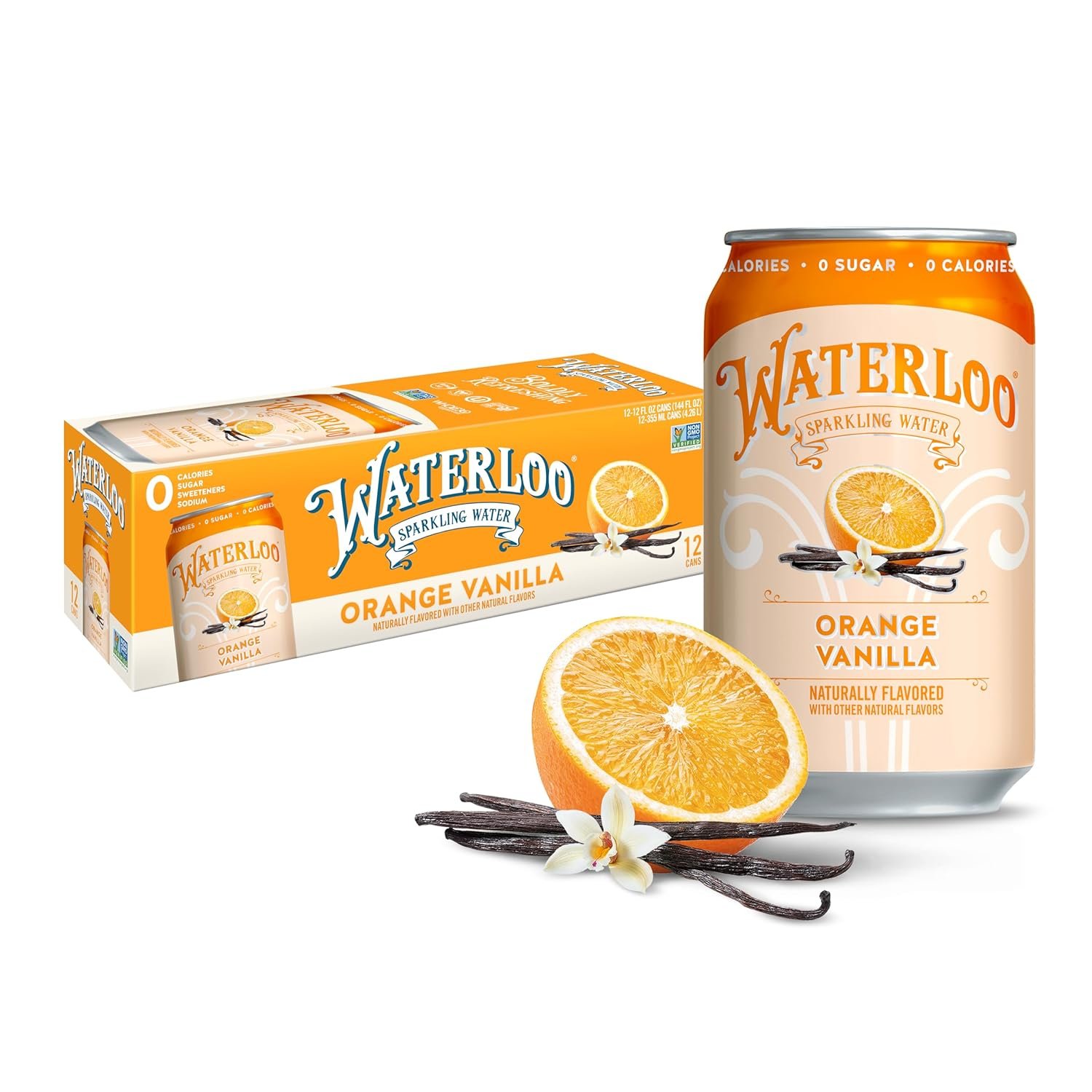
Testing & Iteration
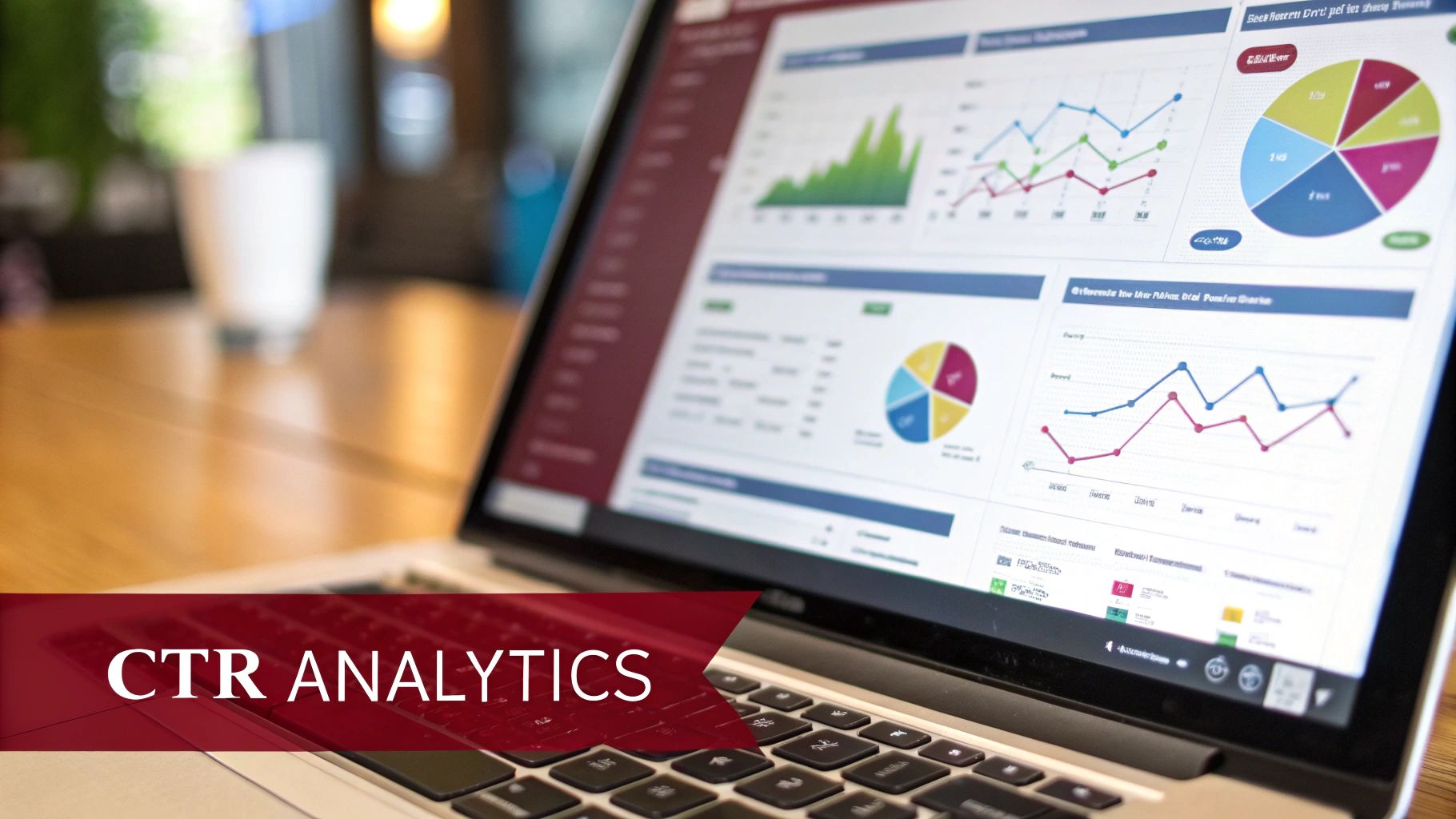
Changing your main image or title without tracking the results is just guessing. You need a reliable way to know if your changes are actually improving your Amazon click through rate.
Use Manage Your Experiments (A/B test)
The best place to start is Amazon’s own “Manage Your Experiments” (MYE) tool. It lets you run a true A/B split test on your title, main image, or A+ Content. Amazon shows one version to 50% of shoppers and the other version to the other 50%. After a few weeks, it declares a winner based on real data. It’s the most scientific way to prove your changes are working.
Use PickFU to A/B Test Main Images
Sometimes you need answers fast. Third-party tools like PickFU are great for this. You can upload two different main images and get feedback from a panel of your ideal customers in hours. They won’t just vote on which one they’d click; they’ll tell you why. This quick, unbiased data is incredibly valuable for improving your Amazon click through rate before you even update your live listing.
Track CTR Shifts in Reports
Once a change is live, keep an eye on your performance in Seller Central.
- Sponsored Products Reports: Check the CTR for your target keywords in your campaign manager. If that number starts climbing after an update, it’s a great sign your change is working. Our guide on what PPC is on Amazon can help you read these reports.
- Search Query Performance: This dashboard, under the Brands tab, is a goldmine for organic data. It shows you the click-through rate for the exact search terms shoppers use to find you. It’s the perfect way to see if your title and image optimizations are connecting with customers.
Swap Images in 2-Week Cycles
You can run a manual test to see the impact on main image on CTR. Run one image for two weeks, record the CTR from your reports, then switch to the new image for two weeks and compare the results. It’s less precise but still gives you a solid directional idea of what works best.
Question and Answer
What is a good Amazon CTR?
It depends on the category, but for Sponsored Products ads, a solid benchmark is 0.5% to 0.6%. If you’re consistently above 0.6%, you’re doing great. An Amazon click through rate below 0.4% is a red flag that your main image is not optimized.
How do I find my Amazon CTR?
You can find it in a couple of key places in Seller Central:
- For Ads: Go to the Campaign Manager. It shows the CTR for every campaign, ad group, and keyword.
- For Organic Traffic: Use the Search Query Performance report under the ‘Brands’ tab. It shows your organic CTR for specific customer search terms.
Does a high CTR guarantee more sales?
No, but it’s the critical first step. A high CTR gets shoppers to your page. If your page has poor images, weak bullet points, or bad reviews, they won’t convert. A high CTR with a low conversion rate means the problem is on your product detail page, not in the search results. Find more tips in our guide on how to improve Amazon sales.
Can I get in trouble for adding text to my main image?
Technically, yes. Amazon’s policy is a pure white background with no text or badges. While some sellers get away with it, Amazon’s bots can flag your image and suppress your listing. A safer way is to design packaging that includes key info (like “2-Pack”) and feature the product with the packaging in the main image. This is compliant and achieves the same goal.





